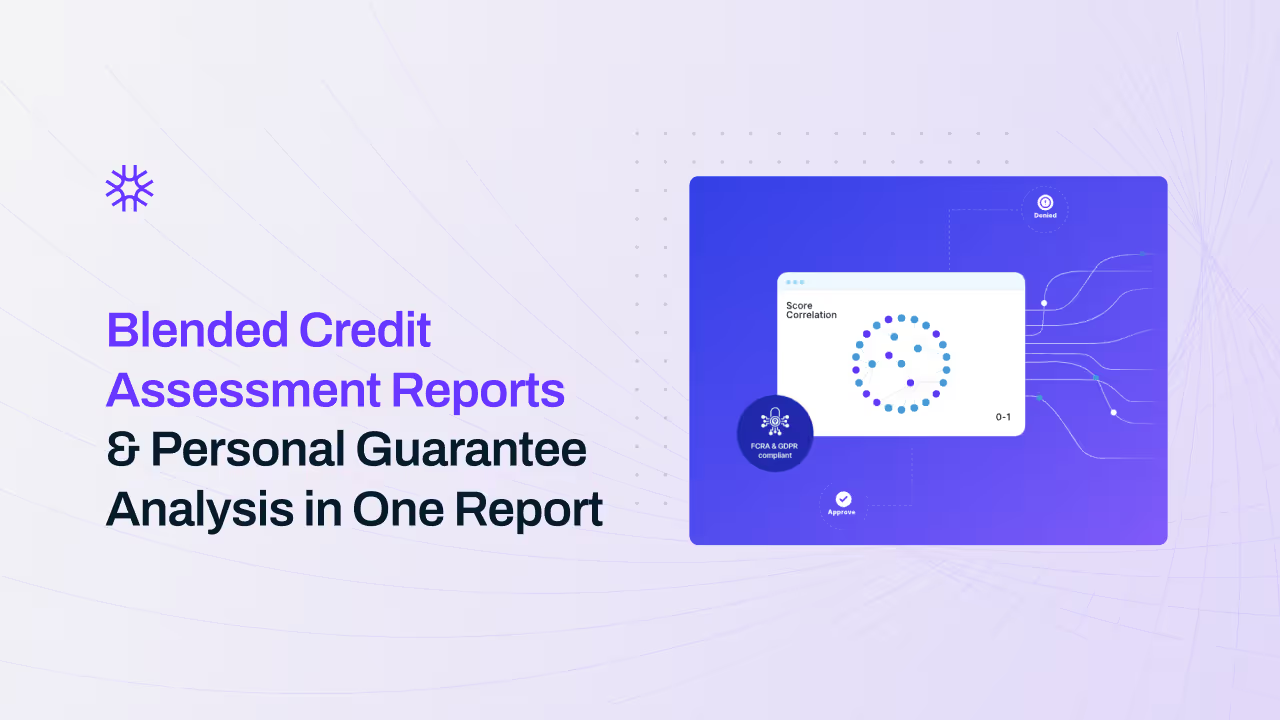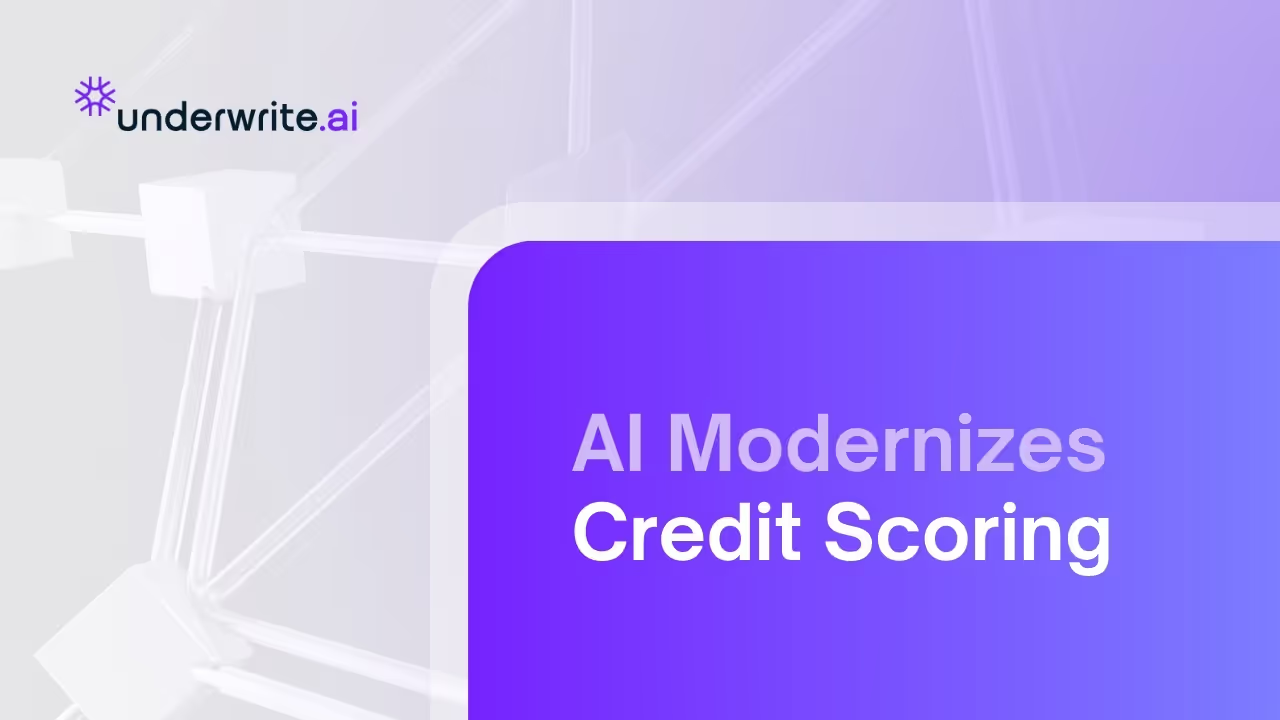FAQs - credit decisioning
Frequently asked questions
Some of the most asked questions to our team
There is no "best" algorithm in machine learning.There is only the right tool to apply to a specific dataset. Our process involves determining which combination of algorithms best serves the needs of our clients. We then construct ensembles of these algorithms in Java and deploy them as individual production objects. Depending on the specifics of the dataset, these objects may be based on XGBoost, LightGBM, Constant Model, Decision Tree, FTRL, GLM, Isolation Forest, Random Forest, RuleFit, or SVM, among many others. We typically test over 60 approaches before constructing a production ensemble.
Large Language Models like ChatGPT and Claude are tremendously useful tools, but have some notable problems in regulated industries like lending. The core problem is that these models are not idempotent. Idempotent is a fancy mathematical term for a simple idea. If you ask the same question five times, you should get the same answer all five times. If asking a question always returns the same answer, the model is idempotent. Unfortunately, it is the nature of LLMs to be a bit more creative than that. They will answer the same question in many different ways. Sometimes, even very incorrectly. In lending use, applications must all be handled consistently. The decision to approve or deny a loan must always be fully repeatable. LLMs can't do that.
We use rigorous statistical models that are idempotent to determine the risk of an application. Once a decision is made and an explanation determined, we can then use LLMs to better convey it in a human-readable form.
We work with a form of artificial intelligence known as machine learning. More specifically, we use supervised learning binary classification systems. These are adaptive systems that continue to "learn" as additional use cases become available. This ongoing learning, without changes in the program code, qualifies this as a form of artificial intelligence. We are not involved in the search for "strong AI" or any form of generalized computer intelligence. (Sorry, science fiction fans.)
In the early days of neural networks, machine learning systems were "black boxes" that could not explain the decisions they reached. We've come a long way since the 1980s. We can tell you exactly why we reached a lending decision and can do so with mathematical accuracy. Our system was designed to be fully compliant with all FCRA and GDPR regulations from the ground up. Additionally, we specifically exclude from analysis any data that might proxy for a protected class. In our model, we don't know or care about the age, race, religion, zip code, sexual preference, or ethnicity of applicants. We strongly believe that these attributes are fundamentally NOT predictive of creditworthiness.
No. Until there is concrete evidence that the number of Facebook friends you have is predictive of loan repayment, we'll pass. Social media can be somewhat useful in fraud identification, but before you invest too heavily in this approach you might Google "catfishing". We rely upon third party data sources that validate their data.
Explore our resources about the use of artificial intelligence in financial services
Start for Free Today
Get in touch to set up your custom model and experience underwrite.ai free of charge for 30 days.


.avif)
